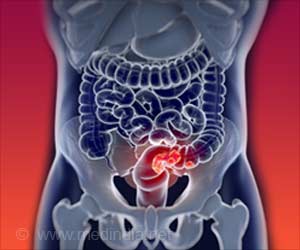A method has been discovered to spot cancer-causing rearrangements of genetic material called chromosomal translocations quickly, accurately and economically report researchers.

The technique, developed in the lab of Stephen Lessnick, M.D., Ph.D., director of the Center for Children's Cancer Research at HCI, combines microarray technology, which can look for thousands of translocations in a single test, with a novel antibody that is used to detect the presence of the translocation.
"We're moving past the age when a pathologist looking through the microscope at a tumor sample is the best way to diagnose what type of cancer it is," said Lessnick. "The molecular tests currently available are slow, inefficient, and expensive, and one of the biggest issues is that you need high-quality tumor samples, not always available in the clinical setting, to do them." According to Lessnick, his method tolerates real-life specimens much better than the current standard techniques.
"Originally, this method was used in HCI's Cairns lab (headed by Bradley R. Cairns, Ph.D.) to study RNA in yeast. We took their method and applied it to our study of chromosomal translocations in human tissue," Lessnick said. He said the next task is to find a commercial partner to develop this research from a 'proof of principle' into a diagnostic test that doctors can use to help their patients.
"With this method, there's potential to develop a single array that could test for every known cancer-causing translocation simultaneously. Currently, a clinician has to decide beforehand which specific cancer to test," he said.
The research used Ewing's sarcoma (a rare childhood cancer) as the case study for developing the method, but Lessnick maintains that the technology can be easily applied to any type of cancer caused by a translocation.
Source-Eurekalert
 MEDINDIA
MEDINDIA




 Email
Email








